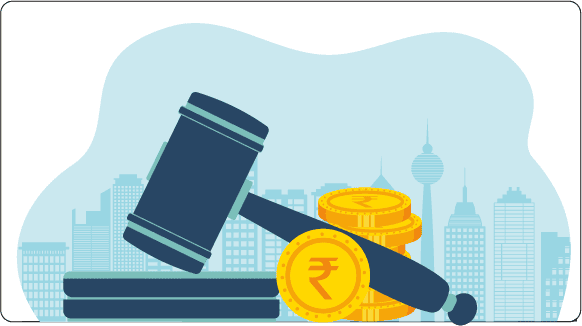An Overview of Conveyance Deeds

While selling or purchasing a property you will come across few important legal documents, one of them is the conveyance deed. It is a written contract that is related to the sale and purchase of a property. it requires the signatures of both the parties who are buying and selling the particular property.
Conveyance means transfer of ownership, rights, title, and interests of a property, from one person to another person
Deed means an instrument, like a written document that is signed by the buyer and seller
Property purchase is incomplete without a conveyance deed. It also declares that the particular property is free from dispute. Both buyer and seller sign the document, and it will be helpful if any property-related problem arises and it can be produced in court.
As per the contract, the seller is willing to transfer the ownership of the property and any other rights which is related to the property. It states that ownership in the property has been transferred from one person to another. It also includes the transfer of mortgage, relinquishment, property gift, lease, etc.
The terms conveyance deed and sale deed are similar to each other, but the difference between the two is all sales deeds are conveyance deeds, but conveyance deeds can also include mortgage, lease deeds, gift, and exchange.
Contents in the Conveyance Deed
- The actual demarcation of the property.
- The rights are annexed to the property and its use.
- The method of delivery of the property to the buyer.
- A memo stating that how it has been received.
- Applicable terms and conditions for the full transfer of ownership rights.
- Power of attorney, if used.
- Memo about the property owner.
- Signatures of buyers and sellers.
Important Things About Conveyance Deed
- The seller of the property is required to certify that the particular property is free of disputes.
- If a loan was taken against a particular property, then the mortgage must be cleared before the buyer signs.
- Buyers can check this information at the local sub-registrar’s office.
- The deed should contain a particular date on which the property will be handed over to the buyer by the seller.
- Within four months of transfer of property, all the original documents related to the sale of the property, need to be produced for registration in the local sub-registrar’s office
- The buyer is required to be signed by at least two witnesses.
The Conveyance Deed should be executed on non-judicial stamp paper. It is registered by presenting the stamp paper at the nearest Registrar’s office. the Stamp Duty and Registration Fee have to be paid after the registration is done. This legal contract is can be produced in court as a piece of evidence if any dispute arises because of that particular property.
Documents Required for Conveyance Deed
- Sale agreement
- Mutation entries
- Location plan
- the property survey plan from the revenue department
- layout plan approved by the authority
- Architecture certificate
- Urban ceiling act certification
- The building plan should be approved by the authority
- Certificate of commencement
- occupancy certificate (if applicable)
- document proof for stamp duty payment
- Proof of registration
- Drafted conveyance deed
A conveyance deed that is executed on a non-judicial stamp paper should be registered. In this case, The government receives its revenue from stamp duty and registration fees.
What if the Conveyance Deed is Lost?
If the conveyance deed is lost due to various reasons, then, the following steps should be taken:
- The owner should file a complaint at the police station as early as possible. A copy of the first information report (FIR) is kept safely, as home buyers may ask for it at the time of purchase.
- You can post advertisements about the loss of conveyance deed in a newspaper. You have to wait for about 15 days, to know if someone finds and returns the required documents.
- you can prepare an affidavit and it should include the property details like FIR details and information about newspaper advertisements.
- You can get a copy of the conveyance deed which is certified from the sub-registrar’s office by paying the specified charges and provide the relevant documents where the particular property was registered.
Procedure
- It is written on stamp paper
- it will be provided at the local sub registrar’s office
- The registrar verifies the deed and approves for registration
- Then, stamp duty and registration charges must be paid
Points to be Noted Before Signing the deed
- The seller should provide an encumbrance certificate of the property
- The seller must clear the mortgages on the property before signing it
- The particular date should be mentioned on it on which date the property will be transferred from the seller to the buyer
- At least two witnesses should sign it
We hope this article is helpful and provided a complete picture of the conveyance deed.

What is Token in Real Estate?
While selling or purchasing a property you will come across few important legal documents, one of them is the conveyance deed....
Unlocking the Power of Feng Shui in Real Estate: A Guide to Harmonizing Your Home
While selling or purchasing a property you will come across few important legal documents, one of them is the conveyance deed....
What Are Investment Banks?
While selling or purchasing a property you will come across few important legal documents, one of them is the conveyance deed....
What is External Development Charges (EDC)?
While selling or purchasing a property you will come across few important legal documents, one of them is the conveyance deed....
An Overview of Conveyance Deeds
While selling or purchasing a property you will come across few important legal documents, one of them is the conveyance deed....

















